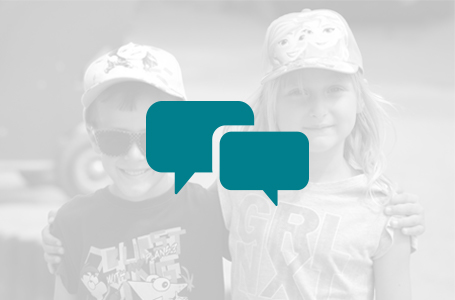
By Nerissa Street
Times have changed: to manage the chronic stress of a rapidly changing world that leads to burnout, joy must be the first thing on the agenda for your child.
Being a parent or guardian in this rapidly shifting world is challenging. While you maintain the right environment for your child’s physical well-being, technology and social engagement will expose your children to new ideas and new information that will broaden their mental landscape.
This new landscape brings a rapidly shifting learning environment and workforce market that they must adapt to. Well, that’s life, right? We had to adapt growing up, too.
Actually: the speed at which technology is evolving has grown exponentially in the last 40 years, which means that changes are being introduced multiple times a year. The body automatically views something new and unfamiliar as a potential threat and has a chemical response to the “threat”. Children, whose bodies are still developing, are subject to the chronic stress of these rapid changes. The pandemic brought even more changes, with the threat now being real physical danger. The result is that children suffer from increased rates of depression and burnout.
The Signs
According to Mental Health America, in 2021, Florida ranked 38th in the nation in youth mental wellbeing, with over 189,000 children having at least one major depressive episode, and over 61,000 children having at least one incident of substance use disorder. Their burnout progresses in stages: first, as they commit to a task, they begin with free-flowing creativity and sustained energy. Then, at the onset of stress or some barrier to progress, they lose their ability to focus, productivity lowers, and they may neglect their personal needs to break through the barrier. If the barrier to progress remains, it becomes chronic stress, bringing persistent fatigue, procrastination, social withdrawal and a cynical attitude. If the barrier remains, your child may experience burnout, which ignites gastrointestinal problems, a pessimistic outlook, and social isolation.
The Solution
So, what do you do if you see this in your family? The antidote to burnout is selfcare. But it can be hard to justify taking time for self-care if your busy student feels overwhelmed by academic and extracurricular demands.
Moreso, if your child wants to be a “good” person, they may feel it’s better to put other people first before themselves. Help your child see that self-care isn’t a reward. Self-care is the fuel for their success.
Self-care builds resilience, which is the most powerful remedy to chronic stress. Resilience is the ability to absorb energy (such as from a blow) and release that energy as it springs back to its original shape. In mental wellness, resilience is built by a) acknowledging things are challenging (instead of minimizing it); b) making decisions with a community as a support system (instead of in isolation); and c) validating joy as a necessity and not a reward.
The hardest thing that your child will experience in this strange, shifting world is a sense of powerlessness. Engaging in joyful, self-selected activities gives them a sense of power. Although it may be tempting to allow your high-achieving child to fill their calendar with activity that looks good to college recruiters, encourage them to take some frivolous, joy-based time off. The rest they will experience during that time will reset their nervous system, and the time they take for themselves will remind them that their self-worth isn’t in their achievements. That is a powerful experience of their own resilience, no matter what comes next.
Nerissa Street is a multiple award-winning arts educator who has completed Advanced training with the Center for Mind-Body Medicine. The former “gifted kid” also participated in the Teen Mental Health First Aid initiative that helps educators provide safe spaces for students while they facilitate learning. She hosts the annual Juneteenth for Joy festival in Broward County. She is the founder of Be Your Own Answer, a multidisciplinary agency that combines practical tools with experiential storytelling to create powerful, sustainable change. Find her at juneteenthforjoy.com
Citations: https://www.mhanational.org/issues/2021/mental-health-america-youth-data The Work Stress Connection: How to Cope with Job Burnout by James P. Spradley (adapted)
